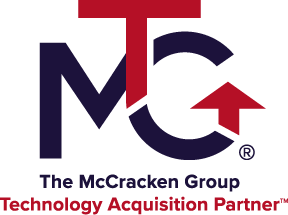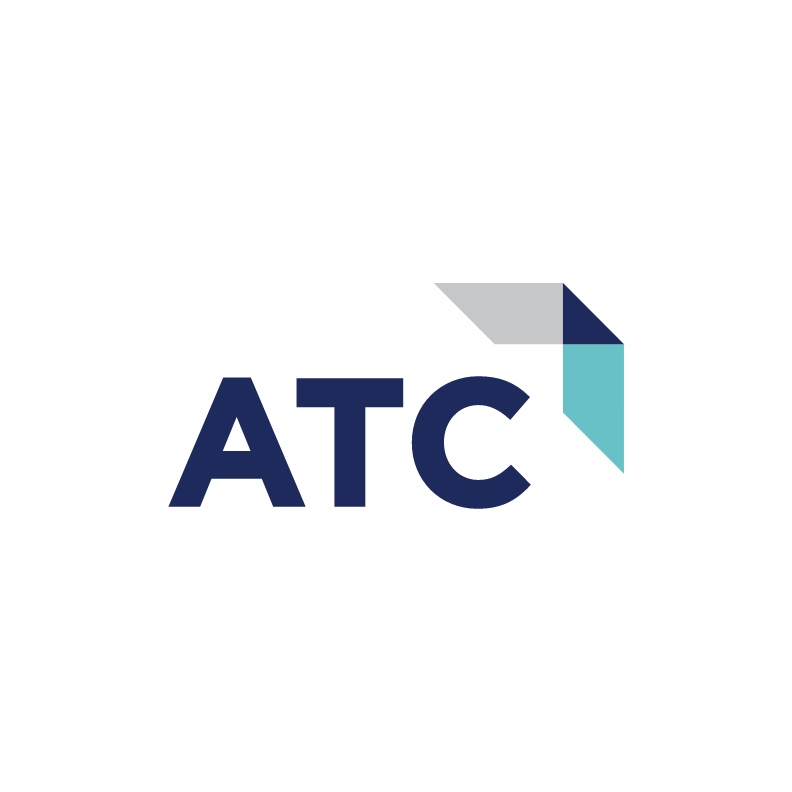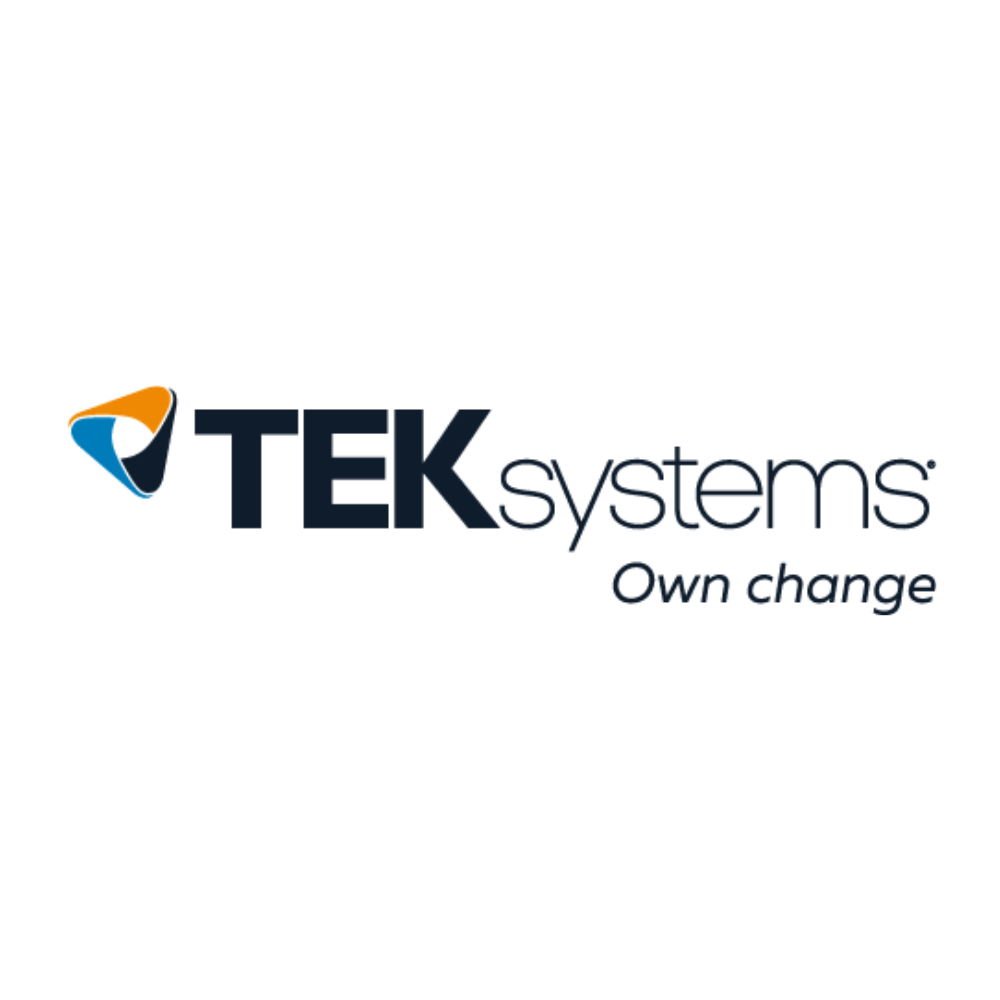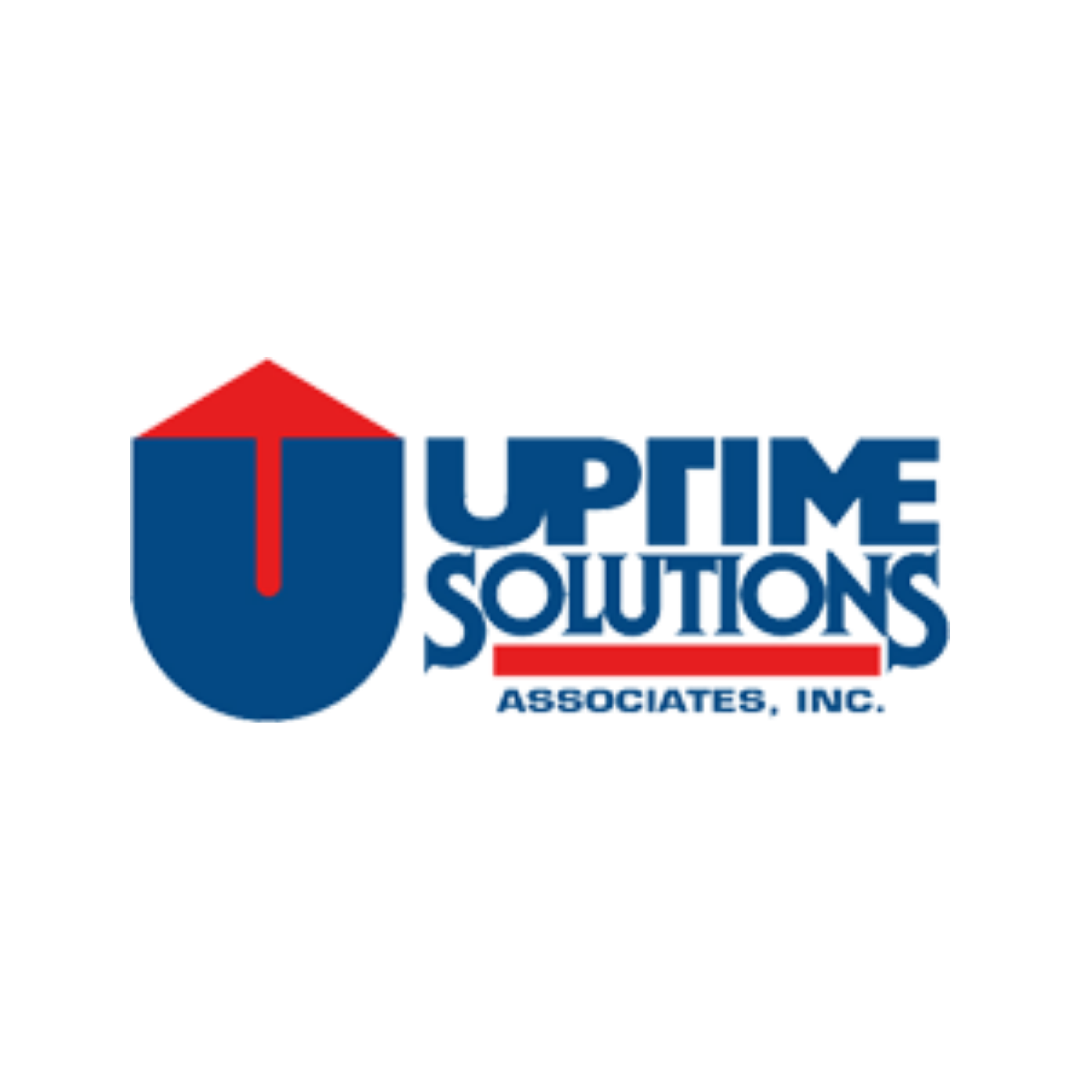
*SMACK!*
Stop it! Stop it right now!
*SMACK!*
We all know the classic Hollywood trope: the heroine stands her ground in front of the “false threat”. In the face of her unexpected authority and steadfast agency, that threat suddenly comes up short (and to great comic effect!). From there, what initially presents itself as an insurmountable obstacle to the heroine ’s journey transforms into a loyal and steadfast ally for the rest of the plot. Think: Dorothy and the Cowardly Lion, or Cher and Nicolas Cage, or Kagome and Inuyasha.
If only life would work like that. If only our work would work like that.
There are a lot of lessons to be pulled out of these stories: team building, change management, system transformation, etc. But there ’s a warning here, too. A warning that gets glossed over too often and leads to a lot of failed team building, change initiatives, and system transformations. The warning of the Magic Bullet Mentality - mistaking the resolution of the “false threat” for the solution of the real problem.
Everyone falls for the Magic Bullet at some time; most times, multiple times. “Do this one thing!” “Make this one change!” “Install this one tool!” Too often, especially in Information Technology, the Magic Bullet Mentality leads to buying and installing some very high-priced (and, therefore, high-visibility) tools that fail to live up to their promises. And what do you have to show for it all? A big hole in your budget, a burned out support team, and a lot of angry questions from your business leadership.
So, if we are all susceptible to the trap, how can we avoid this ‘magic bullet’ thinking? Even better, is there a way to rescue a deployment that obviously started with a ‘magic bullet’ in mind? There are three questions to ask, right now, to help:
1. Do you have a “Process Map”?
Process mapping might not be the latest buzzword, but it’s darned important nonetheless. And the sooner the process mapping is done around the existing tool, the better. That’s right; the existing tool.
Too often we’re so enamored with the promised benefits of the new tool, we want to skip to the end and not do the due diligence necessary to map out the work ahead. But how else can one ensure new tooling will successfully take over the job of the old one, if you can’t describe the work the old one was doing? You can’t. You need a baseline to measure against.
The Process Map as a baseline has another benefit. Once completed, a savvy project manager can take it, break it down into the individual components and efforts, and build a much more effective project plan. And a project manager with a proper project plan will be much more likely to succeed. Already started the project and don’t have the Process Map completed?
*SMACK* “Shame on you!” - Dorothy Gale, Wizard of Oz (1939)
2. Do you have a “Data Map”?
Data mapping is a newer buzzword, but it is not the same as a Process Map. A Process Map charts the relationships between business functions and processes. It provides insight on: which departments are responsible and accountable for what activity, who gets informed or consulted about those results, and what needs to happen before and after. A Data Map describes the flow of information between the various systems and technologies described in the Process Map, down to the individual data attributes.
Consider an example. Three teams work together to procure hardware and software assets: Vendor Management, Purchasing, and IT Service Management. Each uses different tools to do their jobs and coordinate using email, chat, and excel charts. The Process Map will show how these teams work together, and how a new ERP system could provide response and operational efficiencies. The Data Map would show that the Service Management team needs cost center codes and project number data in order to keep break/fix inventory separate from capital expensed equipment. And, come to find out, that new ERP system requires a whole separate financial module to be able to handle that demand.
Let me guess. You already started the project without a data map?
*SMACK* Snap out of it! - Loretta Castorini, Moonstruck (1987)
3. Have you done a “Feature Analysis”?
To be fair, the issue exemplified above could also have been noticed with a proper Feature Analysis. Nobody likes doing them, but the money and heartache that can be avoided by making sure the right tool is chosen cannot be stressed enough! A Feature Analysis goes beyond merely sitting through a boring sales demo, or copy/pasting the feature comparison from gartner.com . The Feature Analysis lays out the manufacturer’s plans and roadmaps for future features, prices out the cost of support services and discounts offered, interviews and investigates other customers’ satisfaction with the tool and implementation. The Feature Analysis will also draw direct connections between issues internal clients are having with their existing tooling and the features offered by all the other tools being considered.
Unfortunately, a Feature Analysis will not be of much good if the tool has already been purchased. But if you are still in the planning stage?
*SMACK* “Sit boy!” - Kagome, Inuyasha (2000)
BONUS QUESTION: Consider a third-party consultant?
The idea of bringing in a third-party consultant - in addition to the internal technical personnel, the manufacturer’s technical resources, project manager, stakeholders, etc. - gives the feeling of ‘too many cooks in the kitchen.’ However, if the installation project is already in flight and there is a high degree of “magic bullet” thinking, a third-party consultant can be just the solution.
The manufacturer’s provided resources are really there for one goal: to complete this installation to the client’s satisfaction (or contractual obligation). Usually, they will be running a script, checking boxes, and only provide specific solutions to specific technical challenges that arise. They will not be able to make suggestions surrounding process changes, data flows, internal responsibilities or external accountabilities. The internal team might know the ins-and-outs of the current platform, policies, and users. But they might not have the experience with large digital transformations and the challenges the new tooling will present.
A third-party, independent consultant can provide the experience and guidance to help both the internal and external teams succeed. An experienced consultant will have actively participated in a number of similar deployments (not just the tool in question, but competitors as well). They will be able to describe the usual mistakes and provide recommendations to the internal team and increase their change of success. At the same time, they can engage the tooling resources to effectively and efficiently ensure the tooling resources can overcome challenges in a way that ensures long-term success for the client (not just the installation). A third-party, independent consultant can also provide benefits in other areas as well: completing documentation, crafting training materials, building internal reporting to ensure the new tool stays useful.
Bio: Jeremy Boerger founded Boerger Consulting, to improve and promote the benefits of Information Technology Asset Management (ITAM) programs for medium and large businesses. He is a published author and sought-after speaker at technology expos, conventions, and podcasts around the world. His clients routinely see a one-third reduction in their software operations budget, usually within nine- to twelve-month timeframe.














.png)


